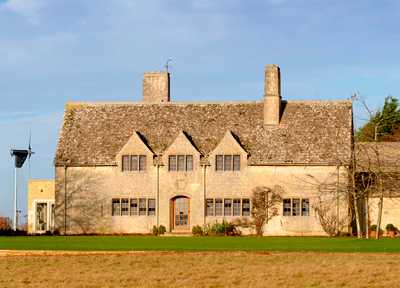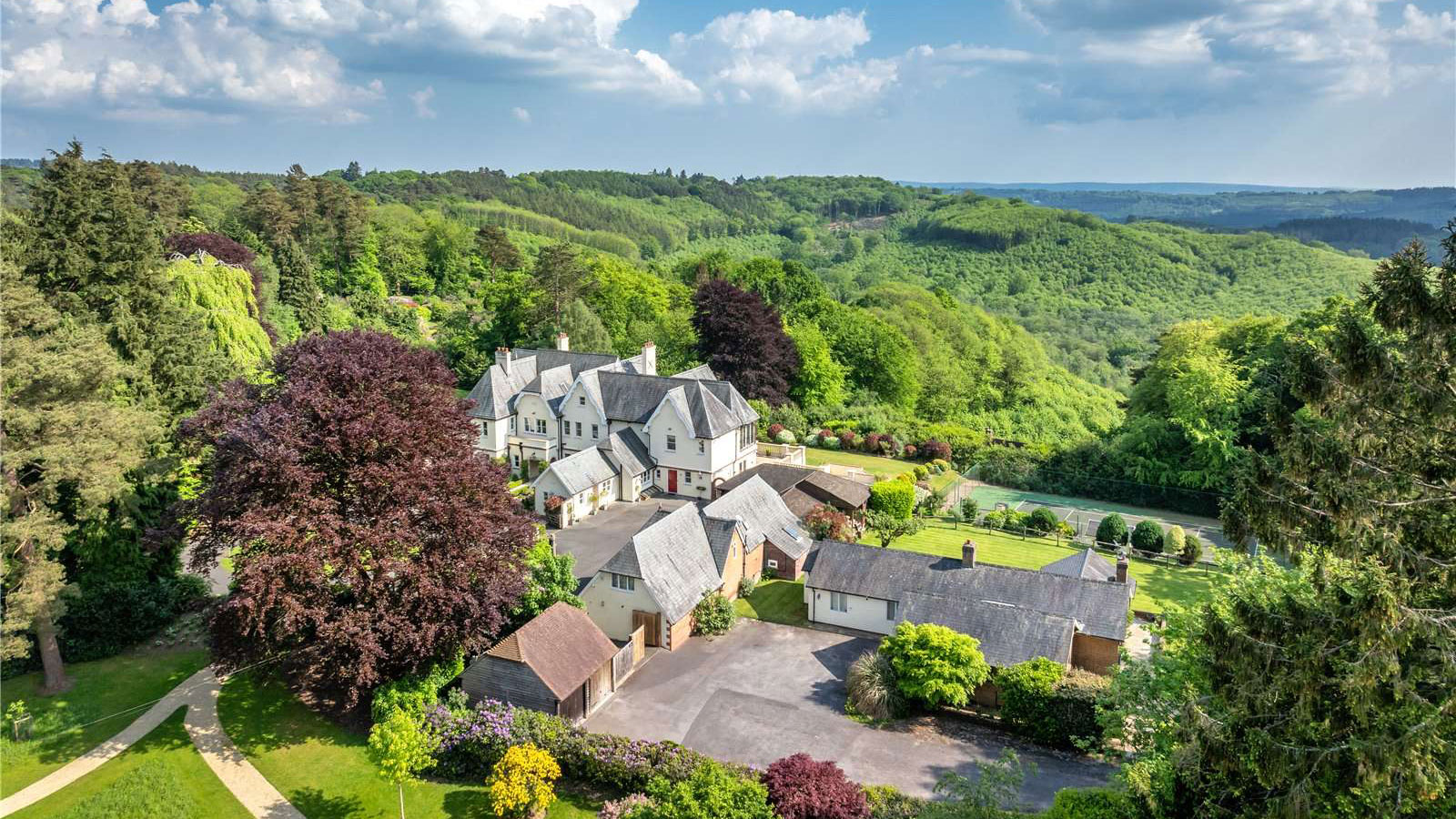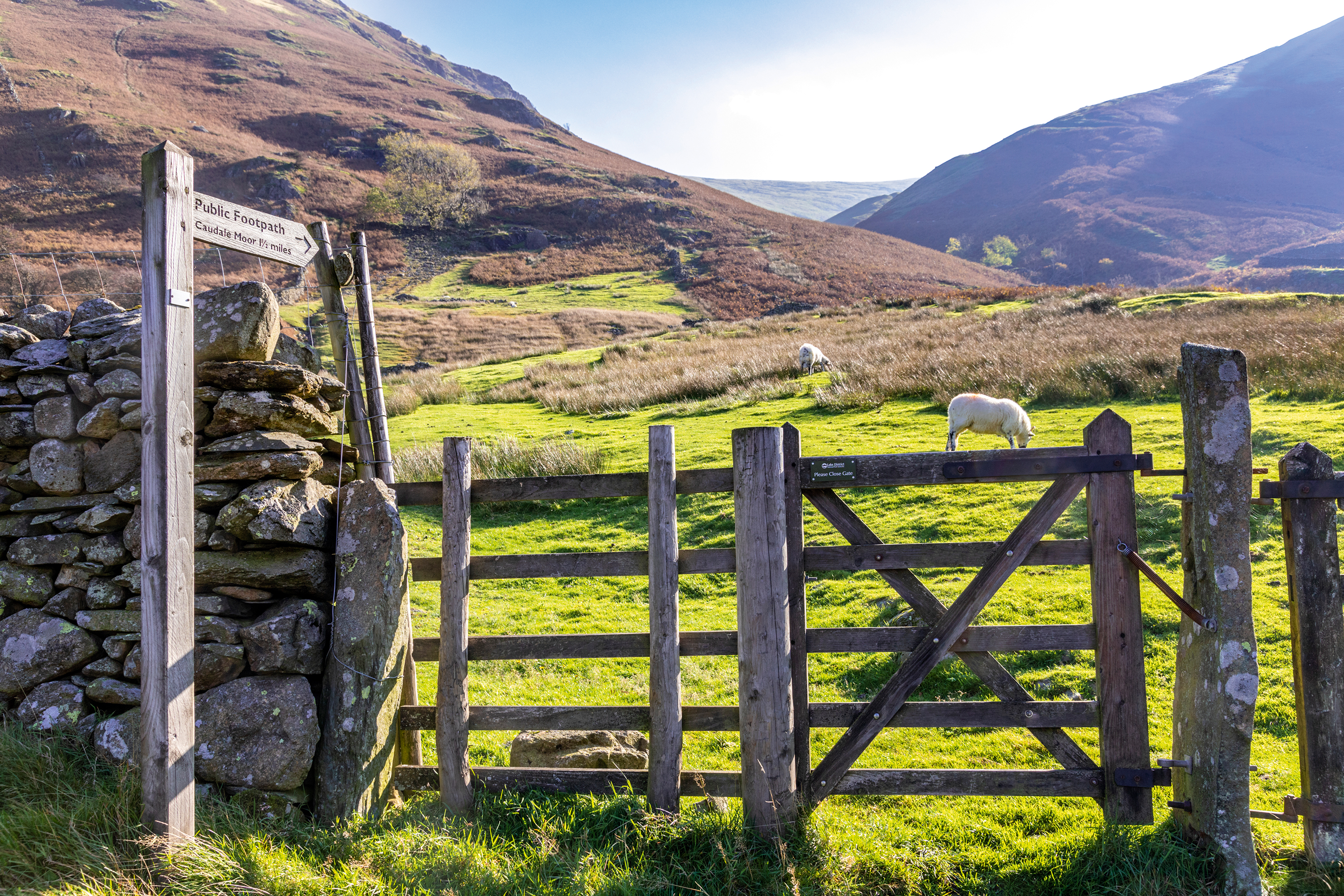How to make your house green
Diminished costs and eco-credentials mean lots of country house owners are going green


You know times have changed when you visit a country house, as I did last year, and find it as cosy as a ski chalet in winter. The owner had ‘Greened’ his house using innovations such as solar panelling and insulation; as a result, the house felt toasty.
Kevin McCloud, of Channel 4’s Grand Designs, says almost half of the house builders he comes across are interested in eco-construction. The impetus is mostly economics if done properly, there are running-cost savings (an average saving in household bills of £340 each year), and it also future-proofs against Government legislation that has come into existence since Country Life last addressed the subject (‘Eco Heroes’, November 9, 2006). There’s also the feel-good factor of providing a diminished carbon footprint.

How to start Begin with basics. Julia Hailes, author of The New Green Consumer Guide, explains: ‘It’s pointless putting up a wind turbine if a house is guzzling electricity. Minimise your energy use before you start.’ Installing insulation, double glazing (as Lord Ewen Cameron did at his 13th-century West Country manor house), closing curtains, keeping washing machines at low temperatures, and even putting an old-fashioned draught excluder at the base of gappy doors can have quicker payback.
Wind turbines
Harnessing the wind is the one renewable the Government has invested the most money in, but the reality is that different renewables are appropriate for different locations, so you should look at combining systems rather than sticking to one. Ideally, the turbine should be located 350ft away from a house on a hill; better if sold back to the main electricity grid. Be wary of roof installations, as they won’t always generate sufficient energy for the whole household’s needs, and noise is an issue.
Cost and payback: depends on the system (£1,500–£20,000) and some grants are available for up to 30% of the value. Payback averages 10–15 years. Solar power
Although our climate isn’t Mediterranean, solar panels can generate roughly a third of our hot-water needs, saving about £65 on the average bill. They don’t have to be on a roof, but can just be in a sunny space, such as a walled garden. They’re particularly good for swimming pools and require little maintenance. However, they’re expensive and have a long payback time. Cost and payback: Solar thermals are £3,000 to £5,000; grant available for £400. Photovoltaic is £5,000–£7,000 per kw and a payback of 20 years; grant available for £2,500. Rainwater harvesting
Sign up for the Country Life Newsletter
Exquisite houses, the beauty of Nature, and how to get the most from your life, straight to your inbox.
New systems have been developed where rainwater can be used for all household needs except for drinking. The water is soft, so it’s good for the garden, hair and washing machines, but systems can be tricky, although not impossible, to install in old houses. Cost and payback: £2,000–£2,500 for a complete system that provides water for loos and washing; £1,500 for a retro fit that supplies water only for the garden.
Heat-exchange systems
Ground-source heat pumps use pipes laid underground in a loop (good for country houses) or by digging down deep into a borehole (better for towns); they particularly work for new-builds and should be combined with underfloor heating don’t install them if you live in a big, draughty country house.Savings of roughly 40% can be expected on your bills, but it’s not worth it if you’re on gas. Quite a few large-country-house owners are installing these systems for the benefit of future generations rather than their own.
Cost and payback: About £4,000 per kw needed in the home. A word of warning don’t plant trees on sites where ground pumps are. Also, most systems are manufactured abroad by people who don’t necessarily speak English when you ring for help and they do break down. Biomass boilers
Most systems use wood chips, pellets or logs, which are burnt to generate hot water for the house. This is much cheaper than oil and useful for large houses, but you need lots of storage space for chips.
Cost and payback: Stand-alone systems cost from £2,000 to £4,000 and savings will depend on how much they’re used.
Country Life is unlike any other magazine: the only glossy weekly on the newsstand and the only magazine that has been guest-edited by HRH The King not once, but twice. It is a celebration of modern rural life and all its diverse joys and pleasures — that was first published in Queen Victoria's Diamond Jubilee year. Our eclectic mixture of witty and informative content — from the most up-to-date property news and commentary and a coveted glimpse inside some of the UK's best houses and gardens, to gardening, the arts and interior design, written by experts in their field — still cannot be found in print or online, anywhere else.
-
 Six rural properties with space, charm and endless views, as seen in Country Life
Six rural properties with space, charm and endless views, as seen in Country LifeWe take a look at some of the best houses to come to the market via Country Life in the past week.
By Toby Keel Published
-
 Exploring the countryside is essential for our wellbeing, but Right to Roam is going backwards
Exploring the countryside is essential for our wellbeing, but Right to Roam is going backwardsCampaigners in England often point to Scotland as an example of how brilliantly Right to Roam works, but it's not all it's cracked up to be, says Patrick Galbraith.
By Patrick Galbraith Published
